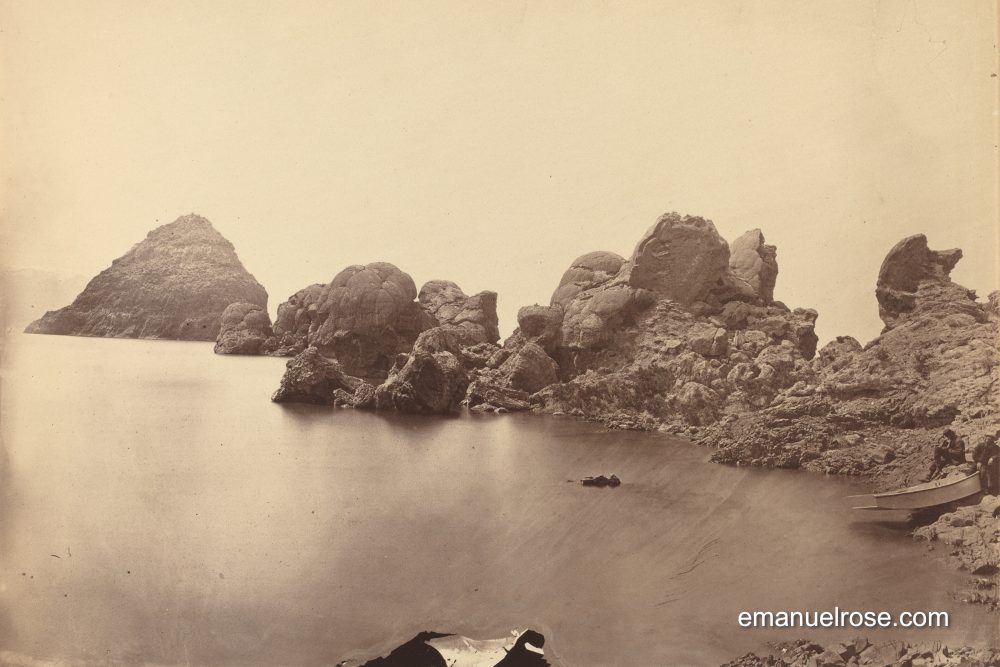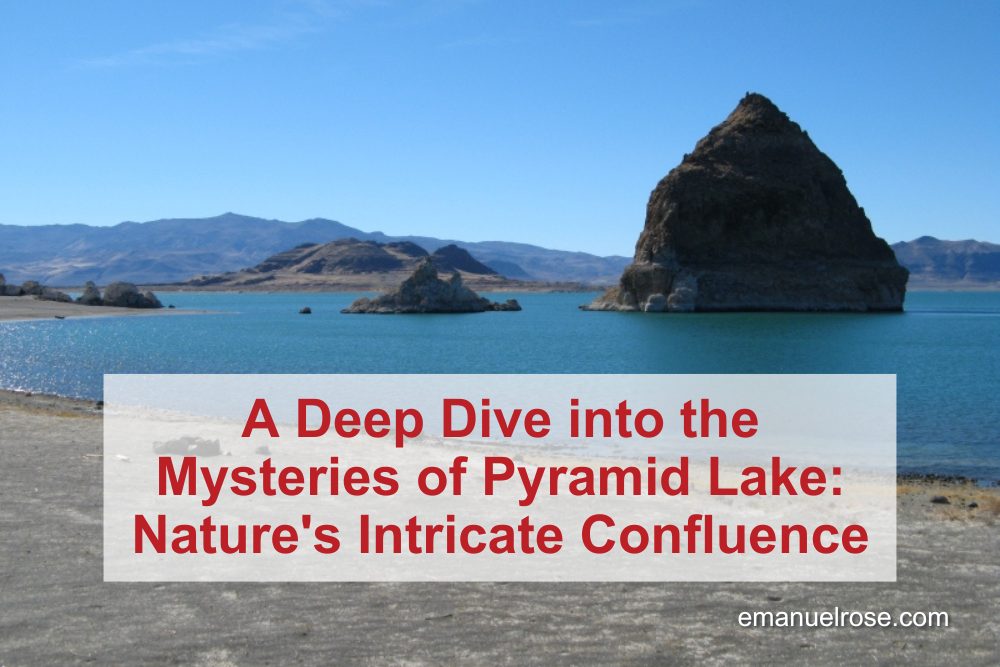Nature's Intricate Confluence
The Geological Ballet Behind Pyramid Lake's Formation

The Symbiosis of Water and Desert

The precipitation patterns, or rather the lack thereof, set the stage for the unique saline characteristics of the lake. The aridity envelops the area, ensuring that what little moisture finds its way here is zealously guarded and transformed by the landscapes it nurtures.
Moreover, Pyramid Lake’s salinity is a product of an unending cycle of mineral deposition. Each droplet of water that enters the lake carries with it a history, a journey through the desert, picking up minerals and sediments along the way. Over countless cycles, these have accumulated to create a mineral-rich habitat, profoundly different from its origins yet inherently connected to the broader ecosystem of the region.
The Echoes of Ancient Inhabitants: Fish of Pyramid Lake
Among the most fascinating aspects of Pyramid Lake are its native fish populations, notably the Lahontan cutthroat trout. These fish are living history, echoes of a time when Pyramid Lake’s waters were part of the vast, interconnected waterways of ancient Lake Lahontan. Their story is one of adaptation and survival, of evolving to thrive in conditions markedly different from those of their ancestors. The cutthroat trout of Pyramid Lake, now adjusting to its saline waters, serve as a sterling example of ecological resilience and adaptation. These species have navigated the tumultuous waters of change, enduring as sentinels of the lake’s historic past and present complexity.
Their adaptation to saline conditions is not just a story of survival but a narrative about ecological niches and the intricate balance within ecosystems. As remnants of a Pleistocene ecosystem, these fish remind us of the profound interconnections between climate cycles, geological transformations, and biological evolution.
Reflecting on Pyramid Lake's Significance

Pyramid Lake extends an invitation to ponder the delicate interplay between water, land, and life. It is a natural laboratory, where lessons about resilience, adaptability, and the raw power of natural processes are etched in its waters and the life it supports.
With its saline character and unique ecosystem, this lake offers not just a window into the past but a mirror reflecting the challenges and opportunities of contemporary ecological conservation. In understanding and appreciating the nuances of Pyramid Lake, we learn more about the dynamics of desert ecosystems, the importance of preserving natural habitats, and the enduring legacy of nature’s ability to adapt and thrive in the face of change.
In essence, Pyramid Lake embodies the resilience of nature, its capacity for transformation, and its ceaseless march through time—a reminder of the earth’s primal beauty and complexity, urging us to look deeper, to understand more, and to marvel at the wondrous intricacies of our natural world.
I sincerely thank John Aubert for his significant contribution to this blog.

